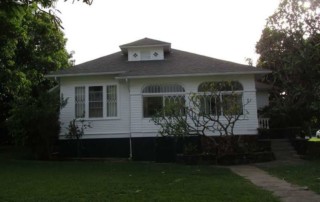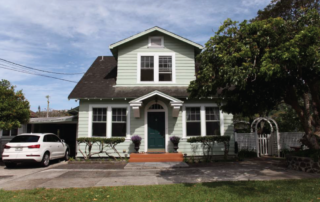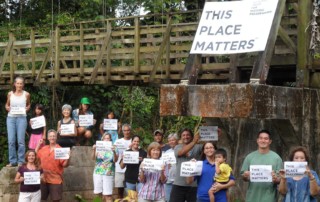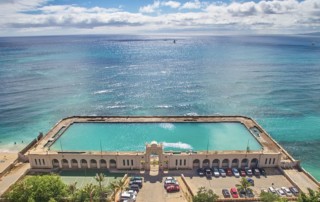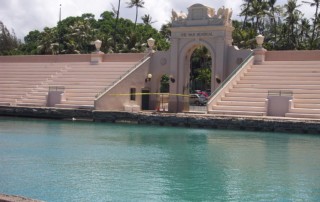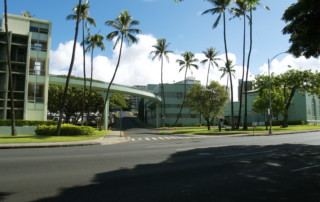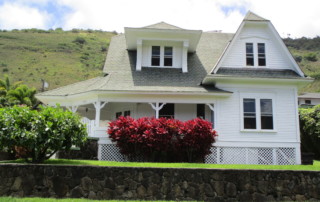2105 Kamehameha Avenue / P.C. Jones Cottage
Address 2105 Kamehameha Avenue, Honolulu 96822 TMK (1) 2-9-001:029 SHPD Historic Site Number 50-80-14-08206 Abstract Approved for Criterion A (Historical Events and Patterns) and Criterion C (Architecture and Engineering). The P.C. Jones cottage is significant as a very good and rare example of a late Queen Anne revival style house built in Hawaii during the early 1900s. Its asymmetric massing, wrap around porch with a balustrade with turned balusters, its diamond and lozenge adorned windows, its steep roof with protruding dormers and a rounded roll reflect the Queen Anne revival style. In addition, the house is also significant under Criterion A for its associations with the development of Manoa Valley, and more specifically the College Hills tract, and should be included in that multiple property nomination. This list of Hawaii’s historic properties is provided as a public service by Historic Hawaii Foundation. It is not the official list of properties designated on the Hawaii State Register of Historic Places. For official designations and determinations of eligibility, contact the State Historic Preservation Division of the Department of Land and Natural Resources of the State of Hawaii at 808-692-8015.


